|
Review of special Enak, Tour of the Ramadhan Bazaar at Kampung Baru, Wednesday May 30th, 3.30pm- 5.30pm |
||
|
What’s in a name? I didn’t know that the original spelling of Kampung Baru was “Kampong Baharu”, literally meaning “new Village” right here in central Kuala Lumpur. The Village came into existence in 1899 as a reserved area for ethnic Malays as an agricultural settlement to service the ever expanding need for food for the growing population of Kuala Lumpur. But the agricultural side was short lived as KL continued to grow and electricity came into being so food could be stored longer and brought to the city from further away by rail. This was just one of the interesting facts Nadge Ariffin, our heritage architect guide, told us as we strolled through Kampung Baru on a drizzly early evening during the month of Ramadhan, the holy month for Muslims. |
||
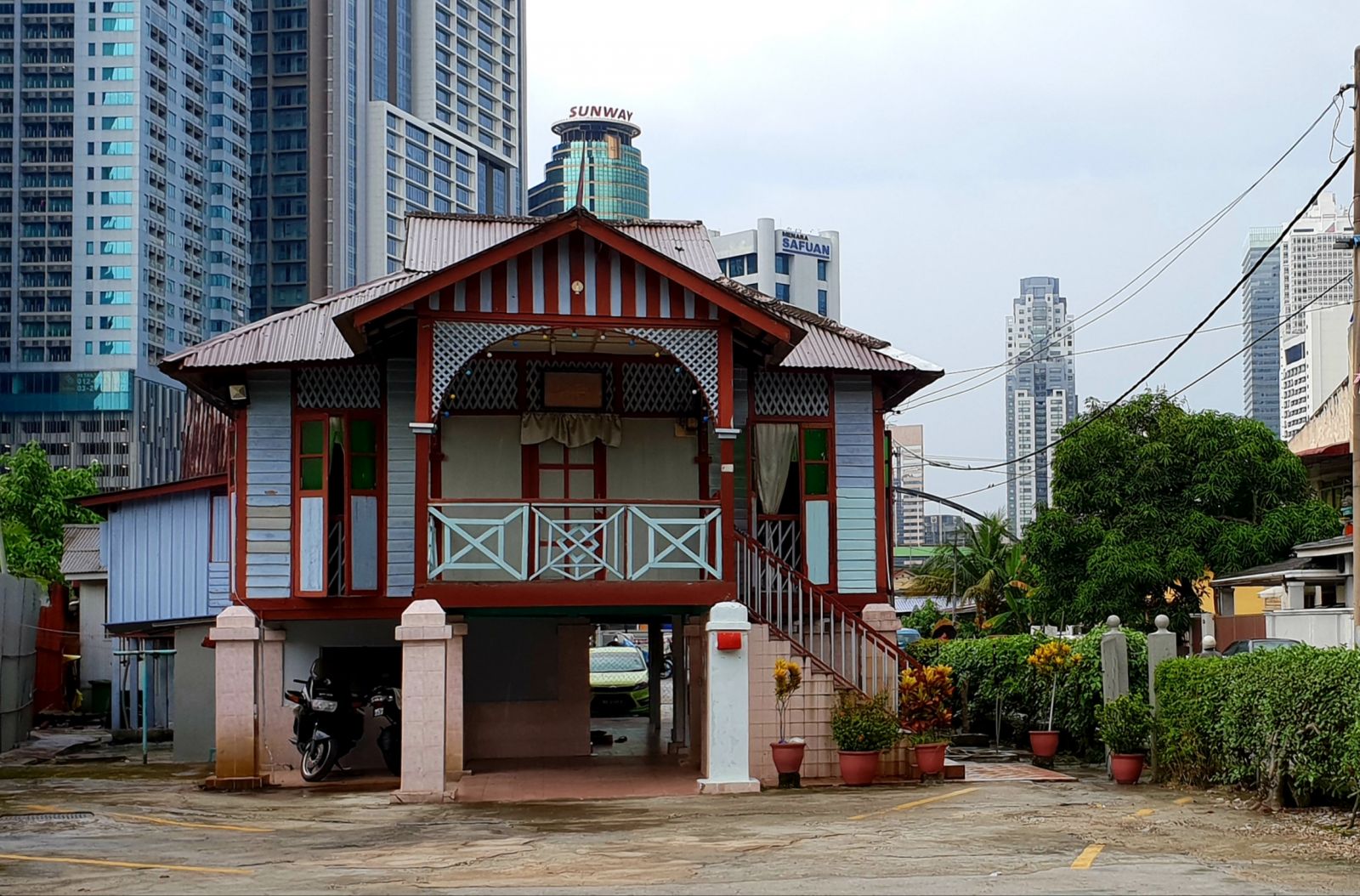 |
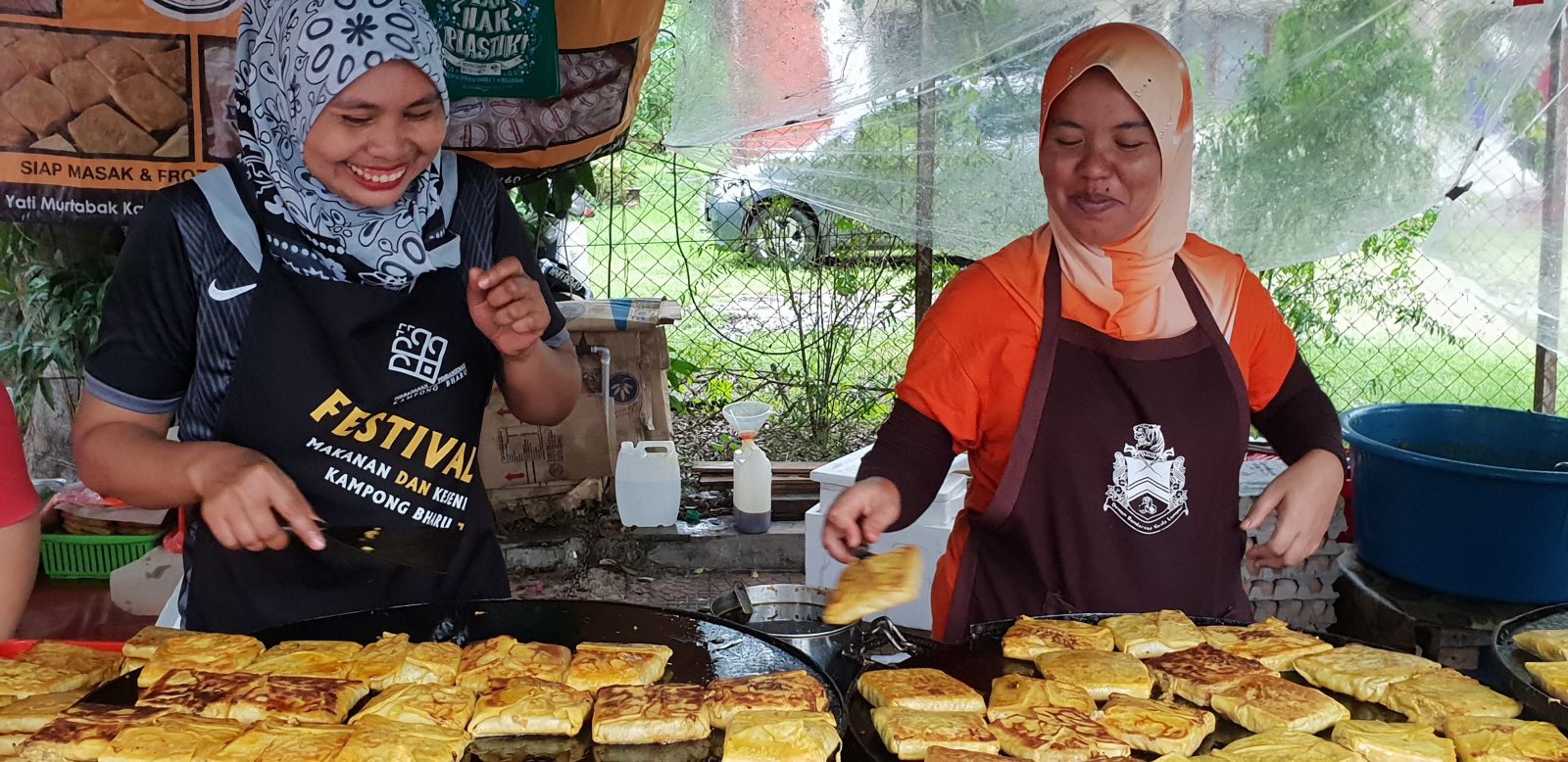 |
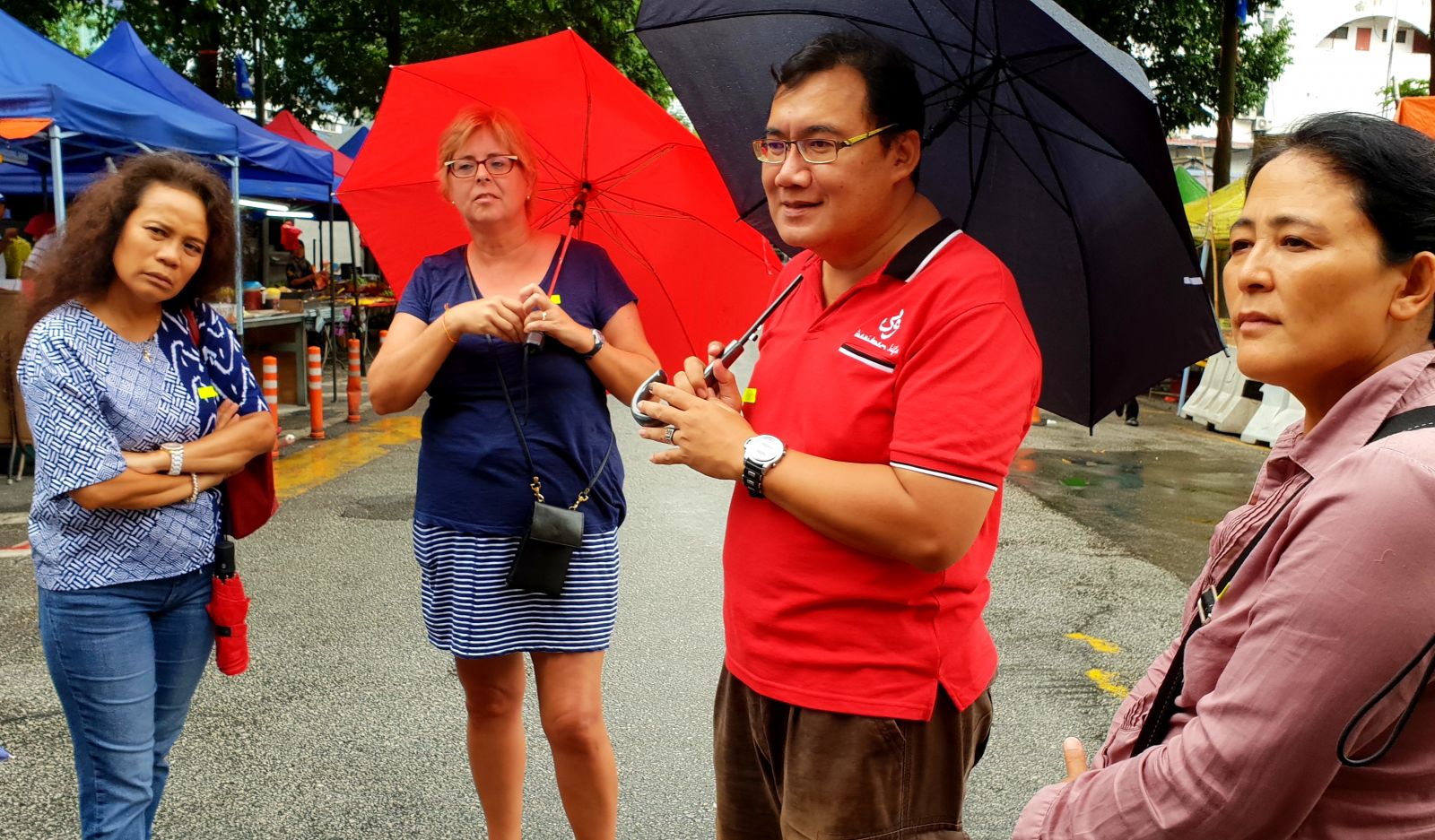 |
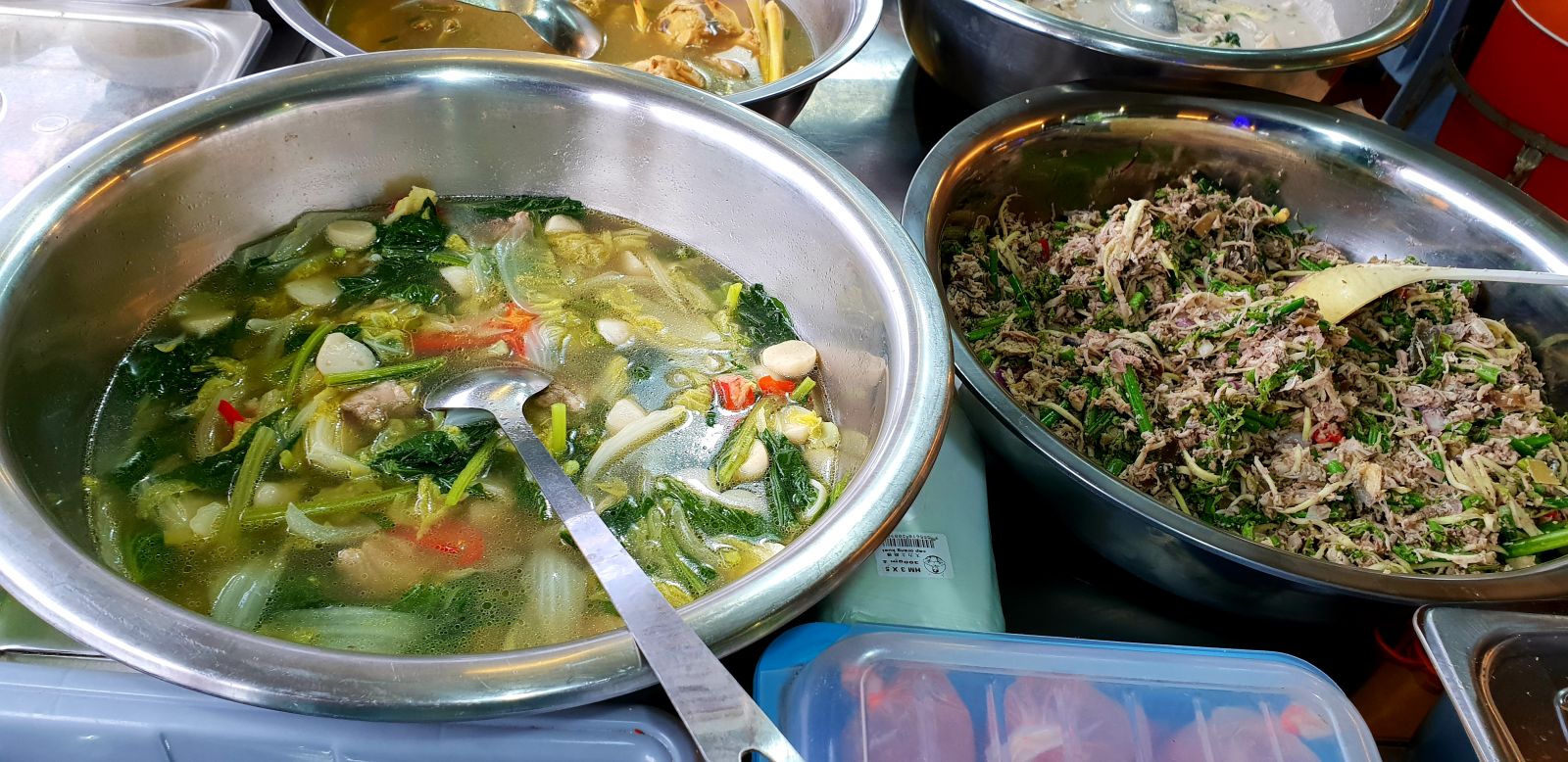 |
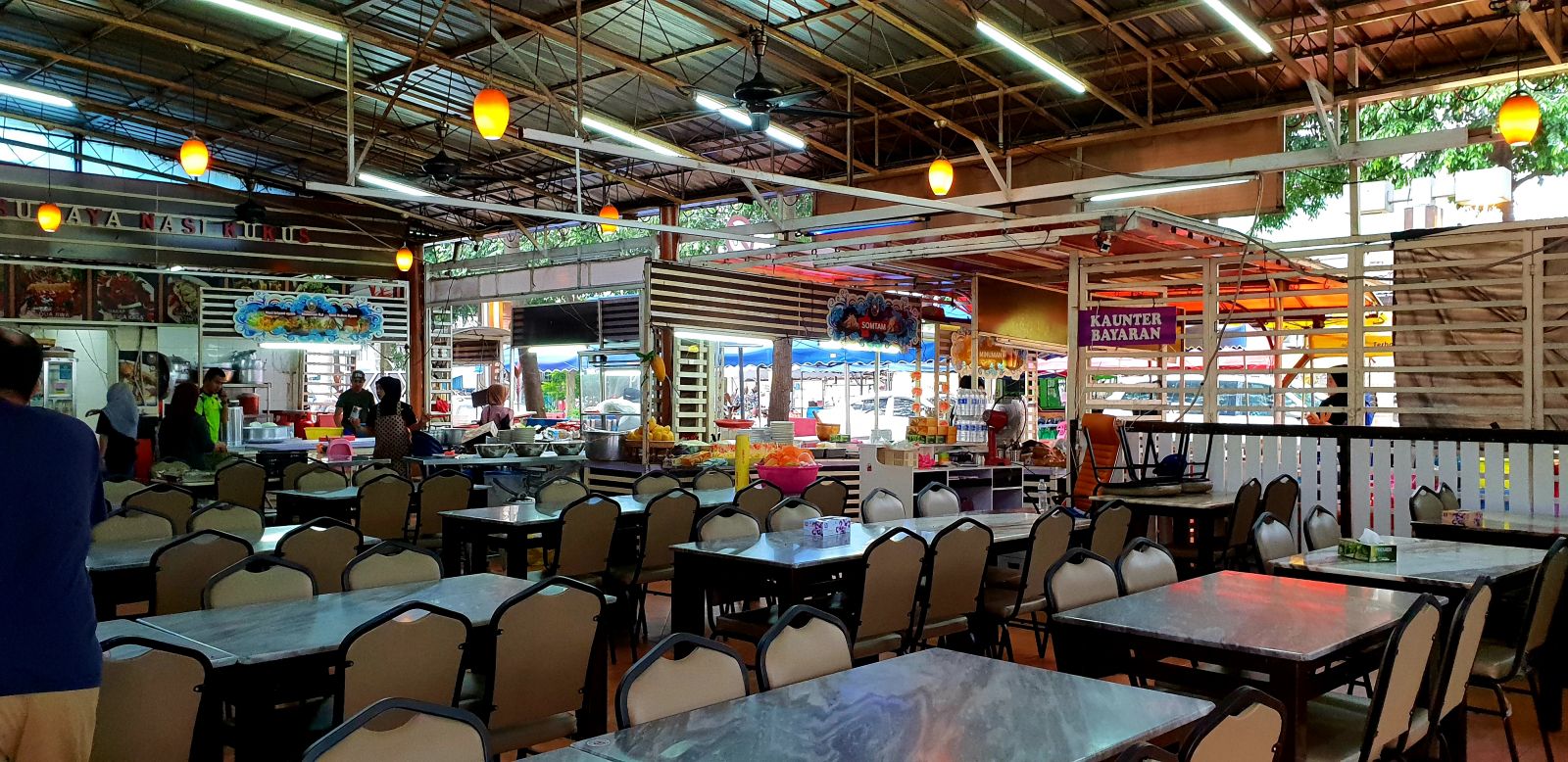 |
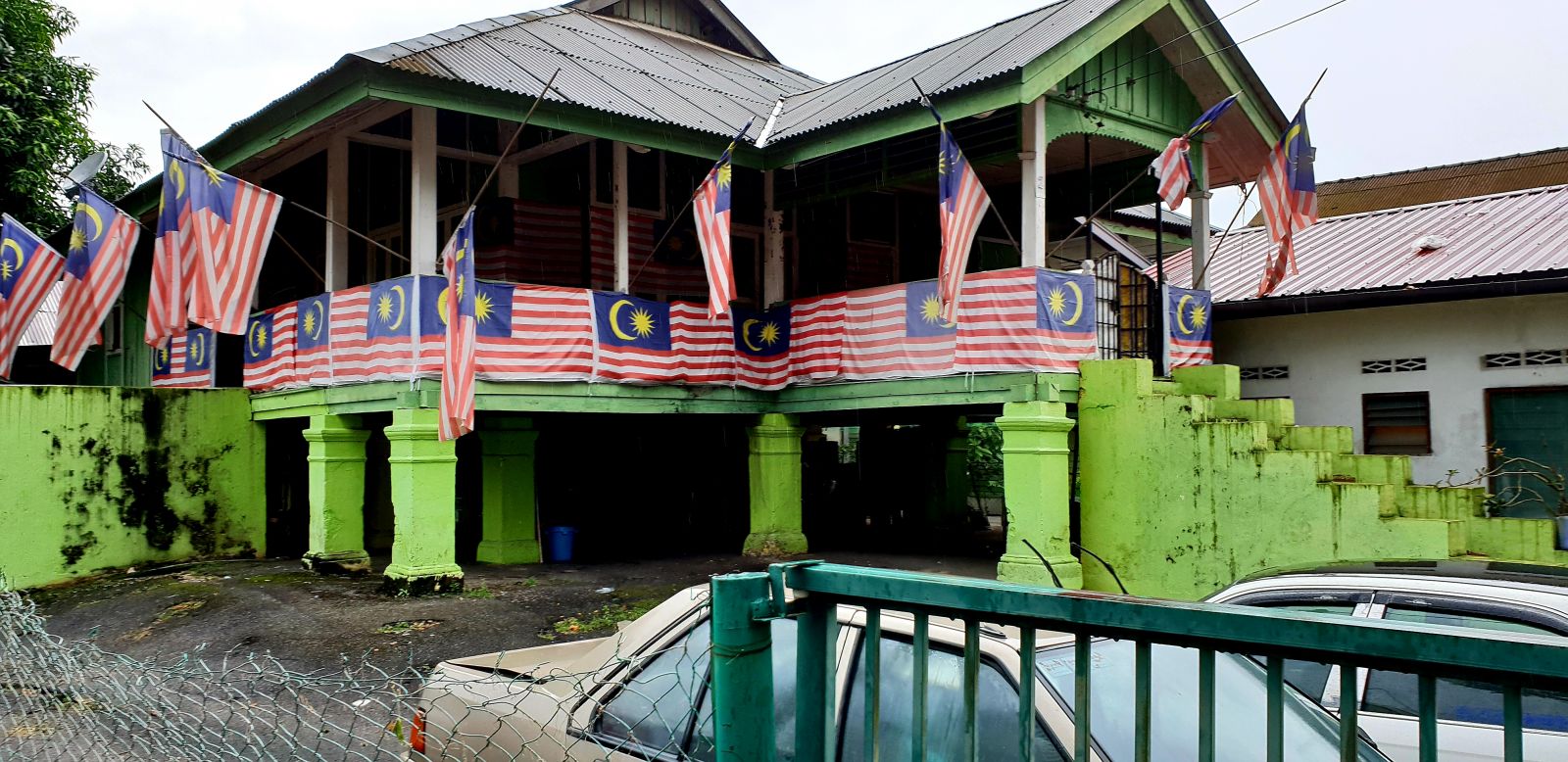 |
|
Ten Enakkers and hosts, Norleila Abdul Rahman and Rosemary Chin, met our guide Nadge at the Kampung Baru LRT station. It was drizzling but with ‘brollie’ in hand we soldiered on, stopping to admire a few of the remaining traditional Malay houses, post and beam structures raised on pillars and often painted in bright greens, yellow, pink and browns. There are around 5,000 plots of land in the 90-hectare village, but only about 30% of the families with deeds still live here and ownership is extremely complex. |
||
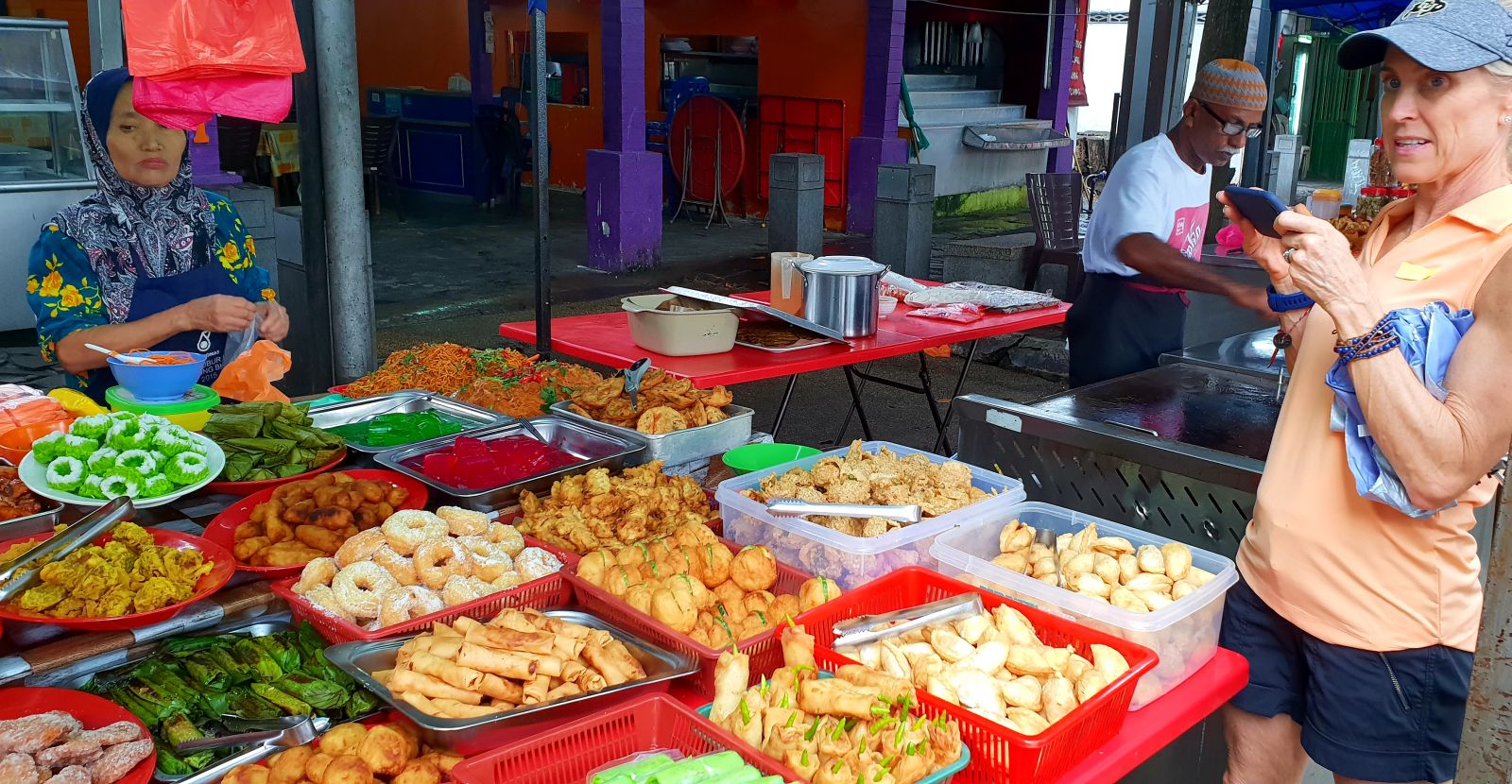 |
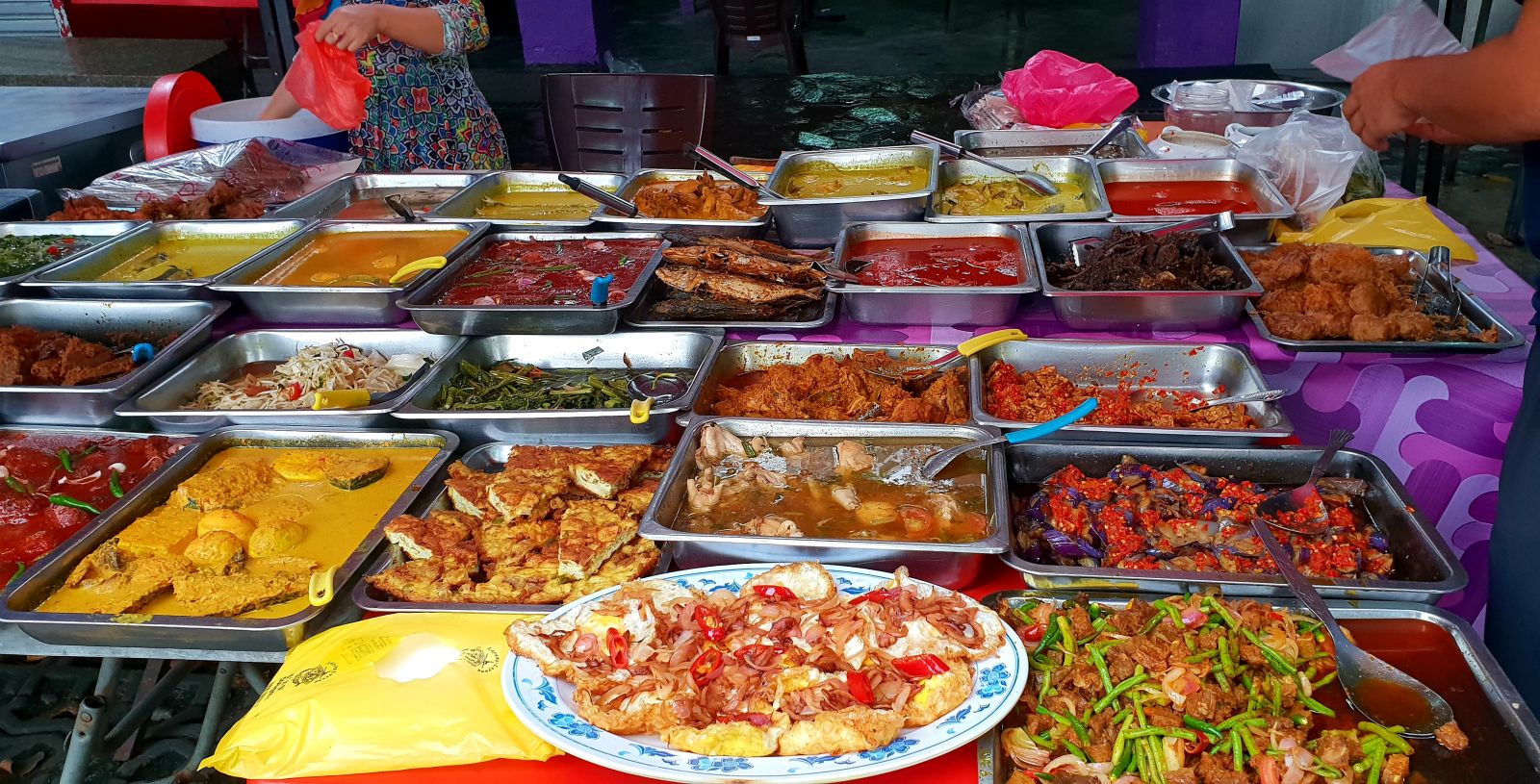 |
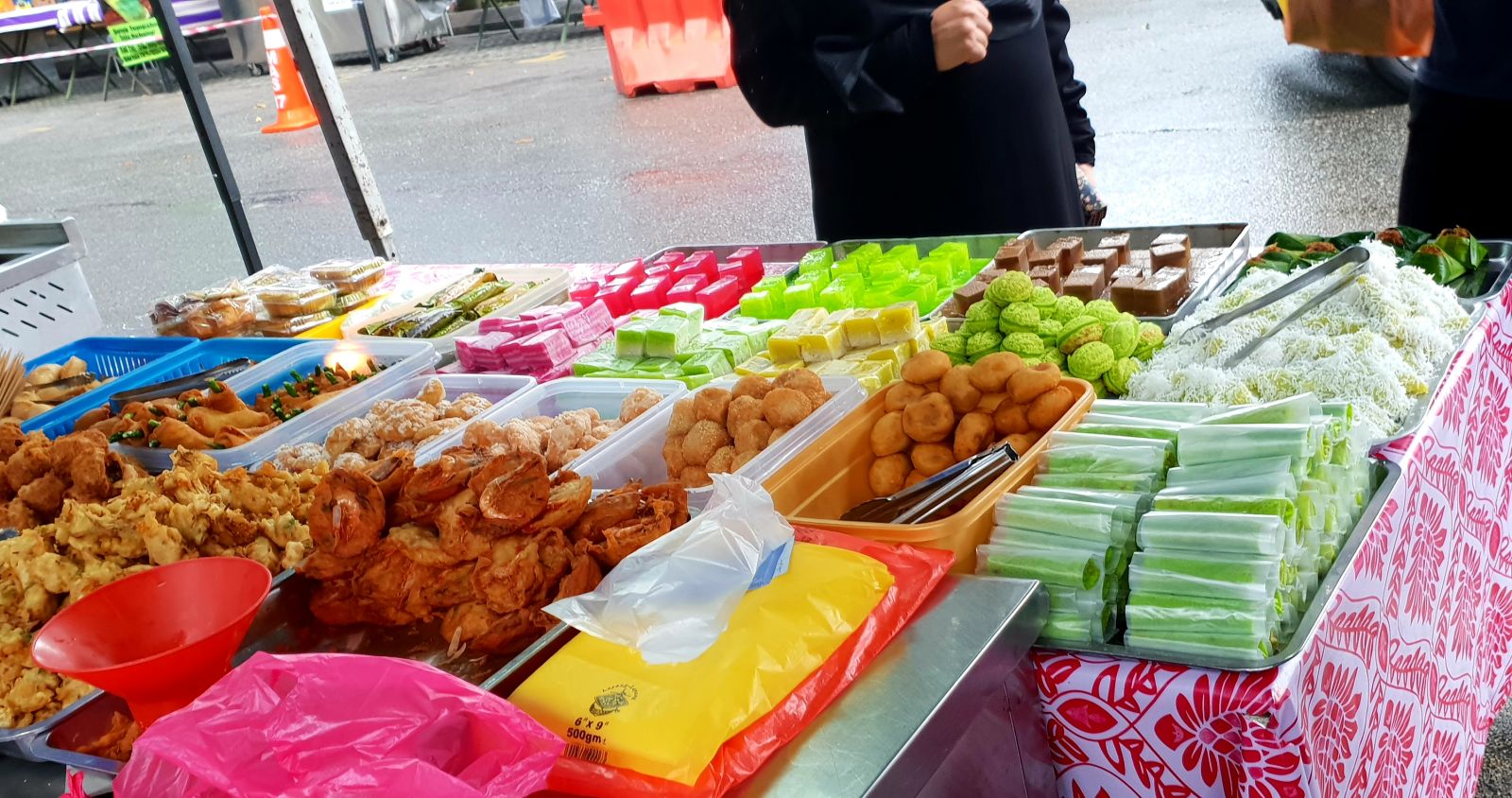 |
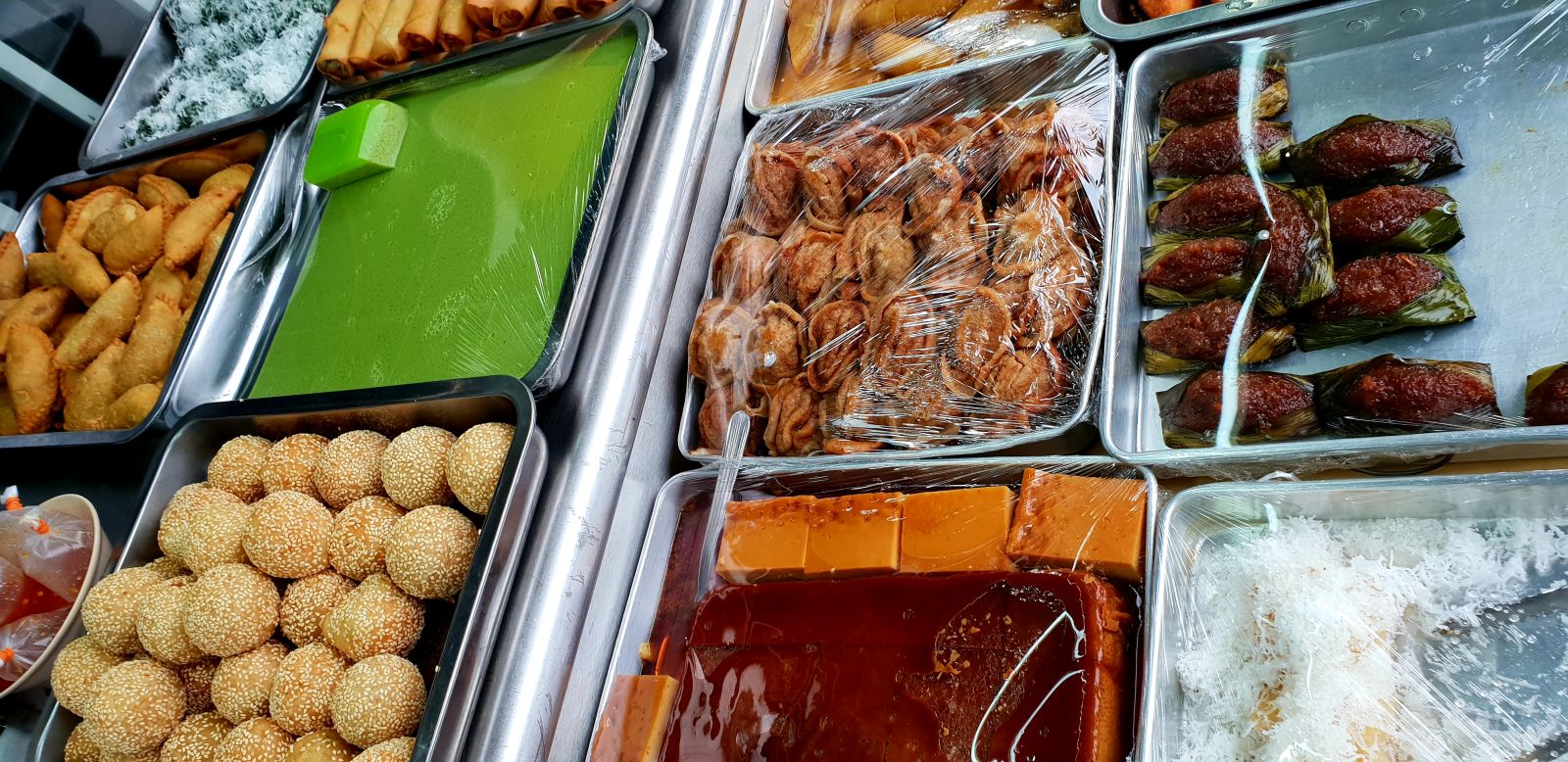 |
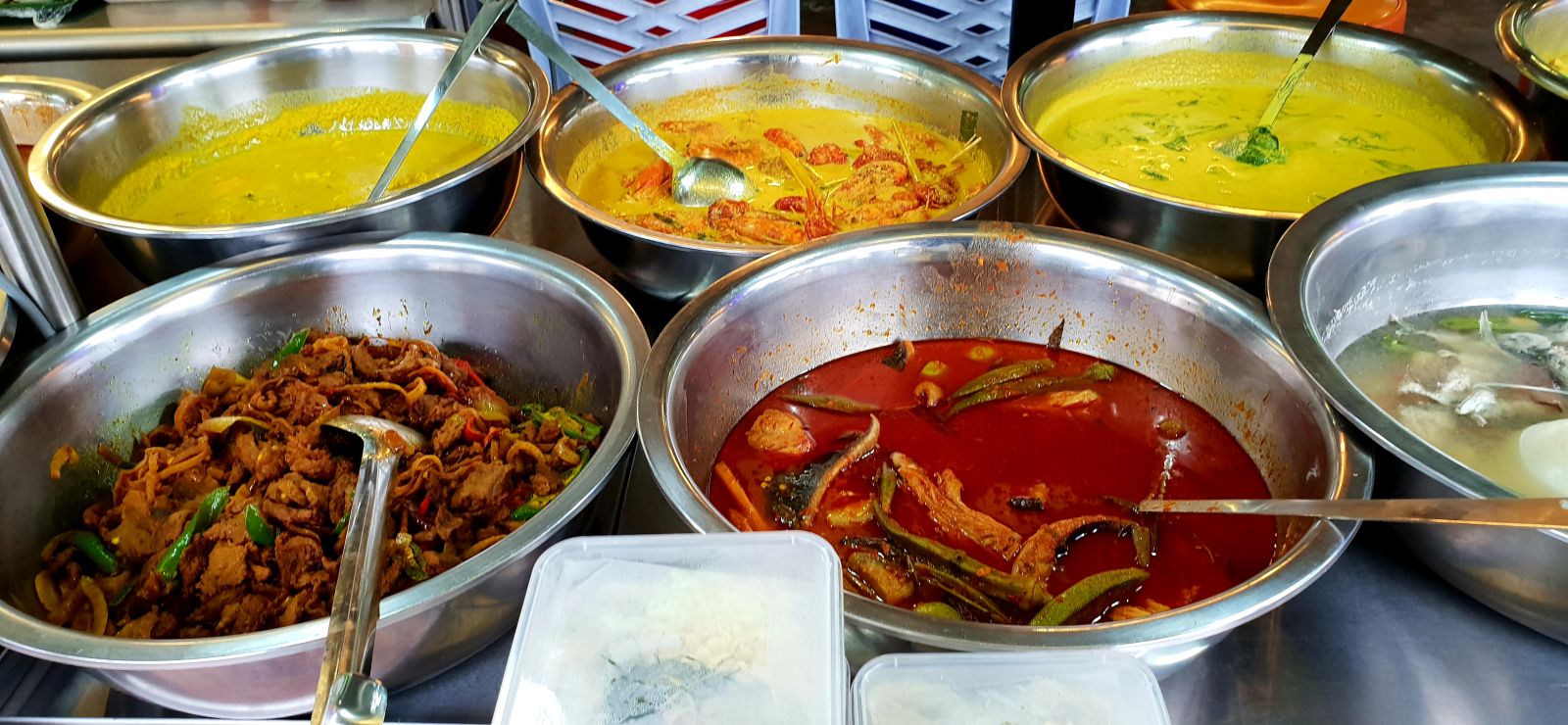 |
 |
| This has meant some houses still remain intact but others have been converted into shops or restaurants, or simply left to decay. But those villagers who remain feel an abiding connection to their village, one that is bound up in Malay customs and emphasise community spirit. . One could feel and see the pressure of modern development just by looking up to huge high rise towers within 100 metres marching toward the Kampung. Nadge told us there are conflicting feelings in the community: some want development because it's inevitable and the profits that go with it and others want to preserve the old Kampung way of life. My advice is go and visit before it's too late. | ||
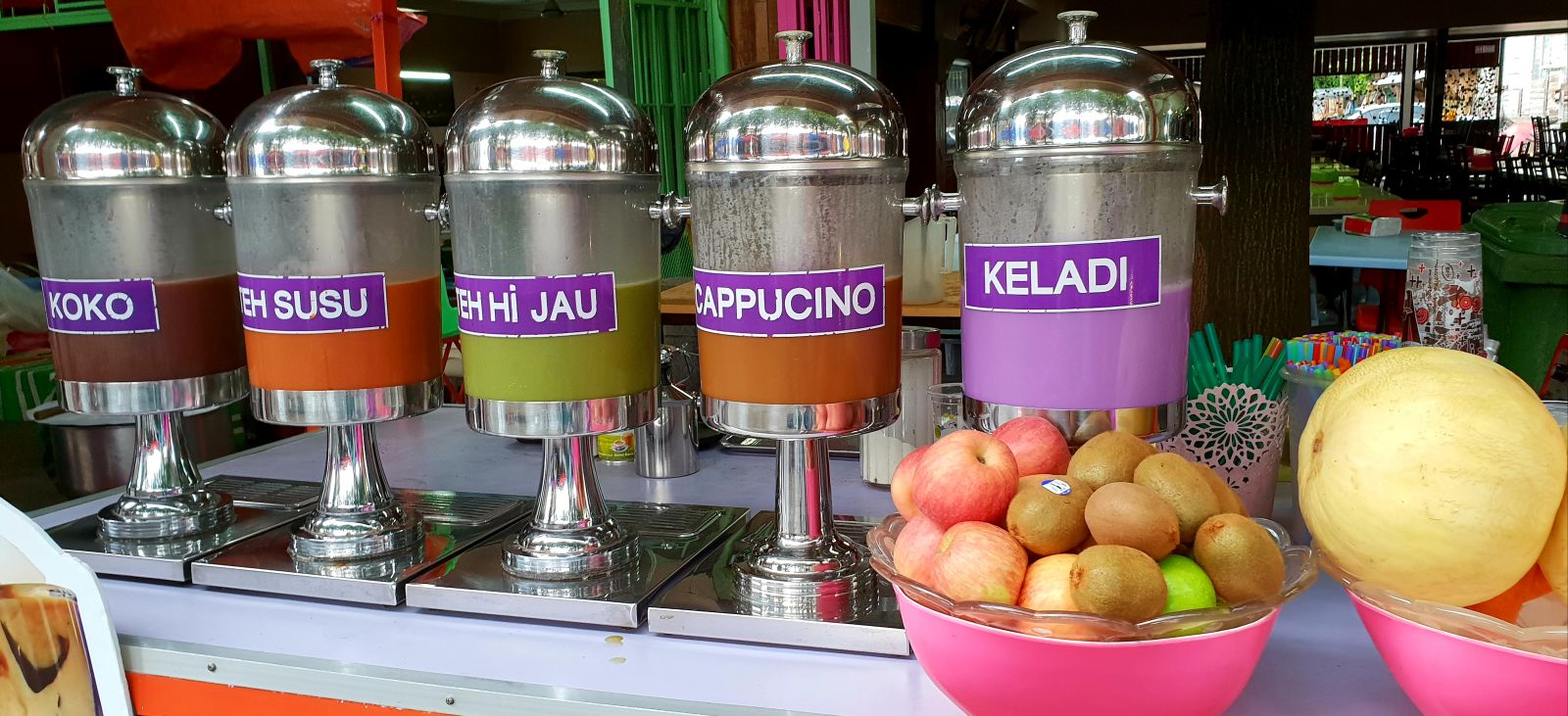 |
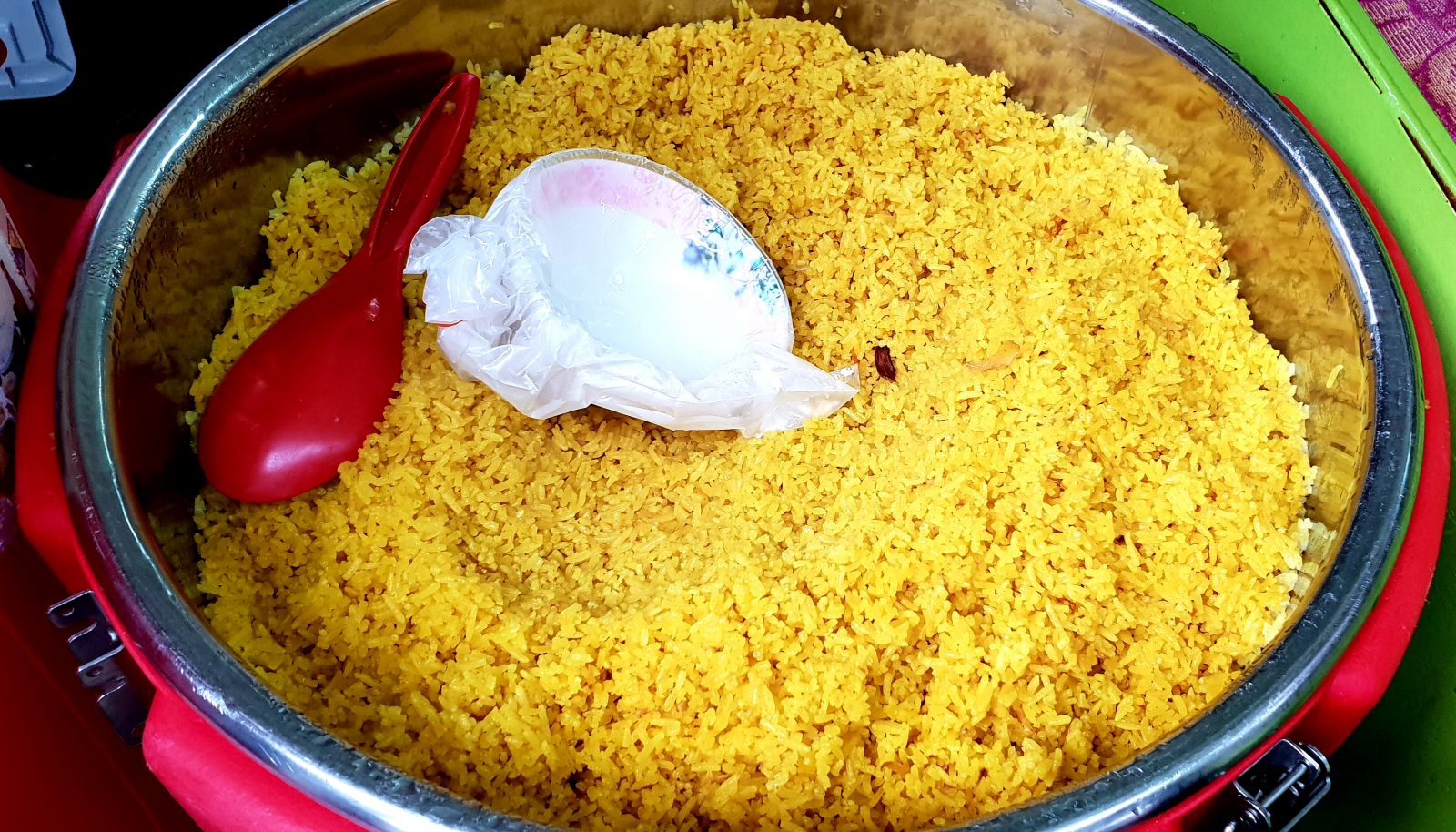 |
 |
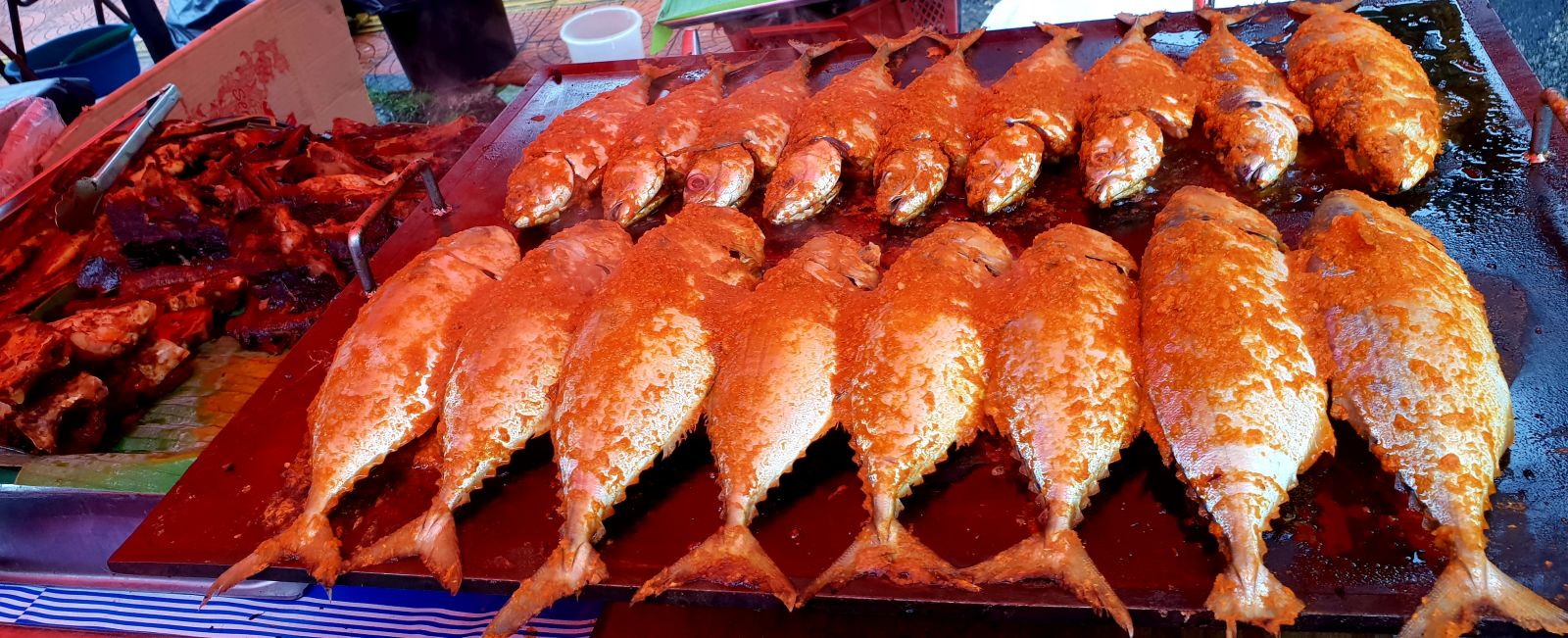 |
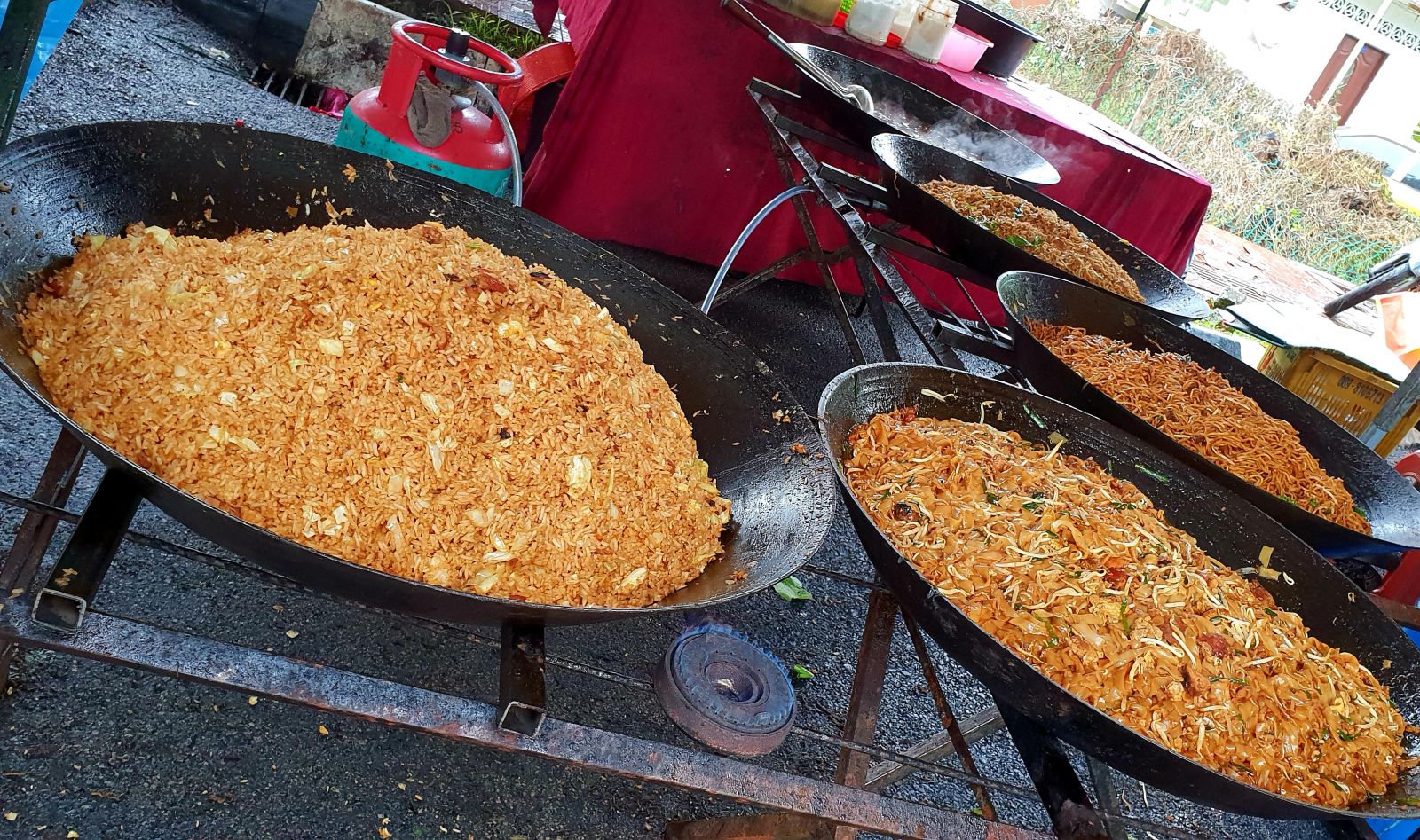 |
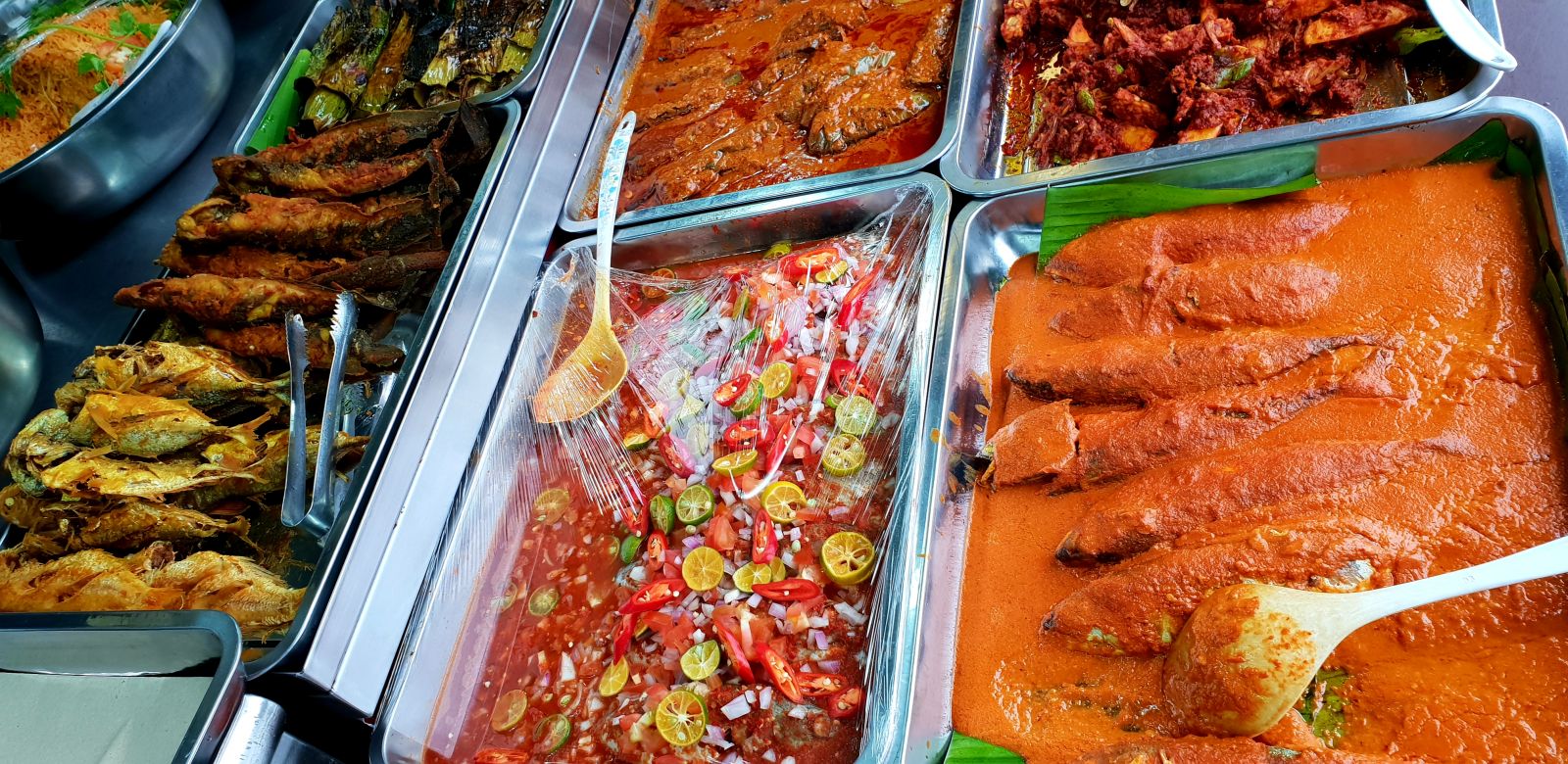 |
|
Back to the food. Locals were very friendly welcoming us to sample their food at the stalls that were lined up seemingly endlessly along the side of the road. People were busy buying their dinner to break fast at about 7.20pm that night. The stall holders didn’t mind our group sampling some of the products. Fresh coconut milk drinks, ‘ kelapa fruitti’ (fruit and coconut lassi) and lots of iced tea were available, great to sip on as it was humid and hot. We learned about the specialty ‘Bubur’, a popular local porridge served at the mosque there during the fasting month of Ramadan. The story goes that it contains seven secret spices (not the KFC variety!) and only three people know what they are. If one dies the “secret seven” is passed only onto one other person to preserve the special recipe. |
||
|
Thousands queue at the mosque to collect a portion of its renowned bubur though you could buy it too from nearby stalls, (Nadge claims though it doesn't taste the same as the original!).
Fried and grilled Chicken and Fish seem to be popular food items at the Ramadan Bazaar. The specialty was the chicken from Kelantan where a large part of the bird with spicy sauce was grilled flat. Of course ‘ satay’ , ‘ ikan bakar’ and ‘ nasi lemak’ were also popular and widely available. And did I mention dessert? ‘ Kuih’, or Malay sweets in all colours and flavours including coconut and pandan were in abundance.
As we strolled Nadge told us the background of the concept and practice of fasting itself that is practiced by Muslims in Malaysia and around the world. I was amazed how he could talk about all the food and wait so patiently until break of fast! We finished off with a “selfie” of all attendees outside an original Malay house and went our separate ways.
Thanks to Nadge, Rosemary and Leila it was a most informative and mouth-watering stroll through a fascinating part of KL.
Janine Williams |
||
|
|
||




